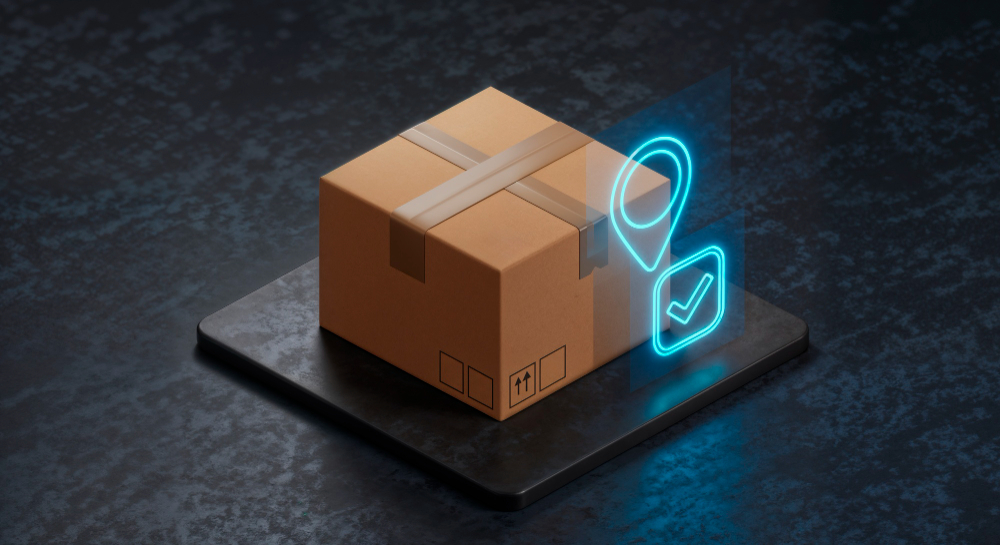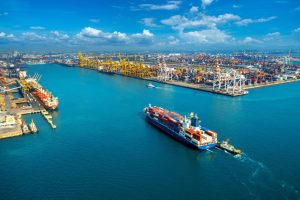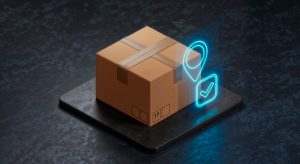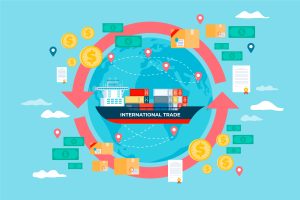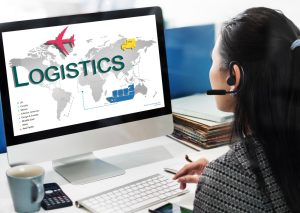When importing goods into Singapore, correct HS Code classification is not just a formality—it is a critical component that determines customs clearance success, tax rates, required permits, and regulatory compliance. Mistakes in this process may result in import delays, penalties, or even shipment rejection.
In this guide, we explore the technical aspects of HS Code classification in the context of Singapore’s import procedures, including classification tools, official ruling requests, and common pitfalls.
What Is an HS Code and Why Is It Important?
HS Code stands for Harmonized System Code, a global product classification system developed by the World Customs Organization (WCO). Singapore Customs uses the 8-digit Harmonized System (HS) and 4-digit CA Product Codes to categorize all imports.
These codes determine:
-
Import duty or GST
-
License and permit requirements
-
TradeNet declaration structure
-
Applicable control authorities (e.g., HSA, NEA, IMDA)
Structure of the Singapore HS/CA Product Code
Each import item is classified using:
-
HS Code (8-digit): First 6 digits are international; last 2 are specific to Singapore.
-
CA Product Code: Specific to Controlled Agencies (e.g., for food, cosmetics, electronics).
-
Product Description: Must match code logic and invoice details.
How to Find the Correct HS Code in Singapore
To ensure accurate classification, importers can use several official tools:
1. Singapore Customs HS/CA Product Code Search Engine
This online tool lets you search by product name or partial HS code. It also reveals controlled status and relevant agency requirements.
➡️ https://www.customs.gov.sg
2. Use Product Descriptions in Tariff Schedule
For technical goods or industrial materials, it’s best to use detailed datasheets or spec sheets to identify the correct code by functionality, material, or design intent.
3. Request an Official Classification Ruling
If unsure, importers can submit a request for a ruling from Singapore Customs using the Form SC-A-016, including:
-
Product catalog or spec sheet
-
Full technical description
-
Intended use of product
-
Manufacturer info
-
Sample (if required)
A ruling can take up to 10 working days and is legally binding.
Common HS Code Classification Mistakes to Avoid
Misclassification can result in underpaid taxes, permit violations, and cargo delays. Here are frequent issues to avoid:
❌ Using general product names
“Plastic goods” or “machine parts” are too broad. Use technical terminology and specific applications (e.g., “polyethylene film used in packaging”).
❌ Copy-pasting from past declarations
Relying on previous HS codes without validating the item’s specs or intended use often leads to mismatches with customs inspections.
❌ Ignoring dual-use restrictions
Some items (like chemical components or surveillance equipment) may fall under Strategic Goods Control even if they seem harmless.
Who Governs the Classification in Singapore?
Singapore Customs is the main regulatory body, but Controlled Agencies (CAs) apply their own classification layers:
-
HSA (Health Sciences Authority) for medicines and cosmetics
-
AVA (Singapore Food Agency) for food and beverages
-
IMDA for telecom and electronic devices
-
NEA for hazardous chemicals
Each CA may have specific CA Product Codes, import licenses, and documentation templates.
Tips for Accurate Classification and Faster Clearance
-
✅ Always consult the latest Singapore Trade Classification, Customs & Excise Duties (STCCED).
-
✅ Match product specs with HS descriptions using datasheets and catalogs.
-
✅ For unique or technical items, apply for an official ruling before shipping.
-
✅ Ensure your customs broker or forwarder has experience handling your type of product.
-
✅ Review product control status and import permit requirements before shipment.
Consequences of Incorrect HS Code Use
-
Financial penalties for wrong declarations
-
Delayed shipments and port storage fees
-
Confiscation of non-compliant goods
-
Loss of importer credibility or suspension of UEN
A minor error in classification can trigger major consequences, especially for time-sensitive or regulated goods.
Final Thoughts
HS Code classification may seem like a small step in the import process, but it has large implications for the legality, cost-efficiency, and speed of your supply chain in Singapore. By understanding how HS/CA product codes work and applying the right tools and expert advice, you can avoid costly delays and operate with full compliance.


